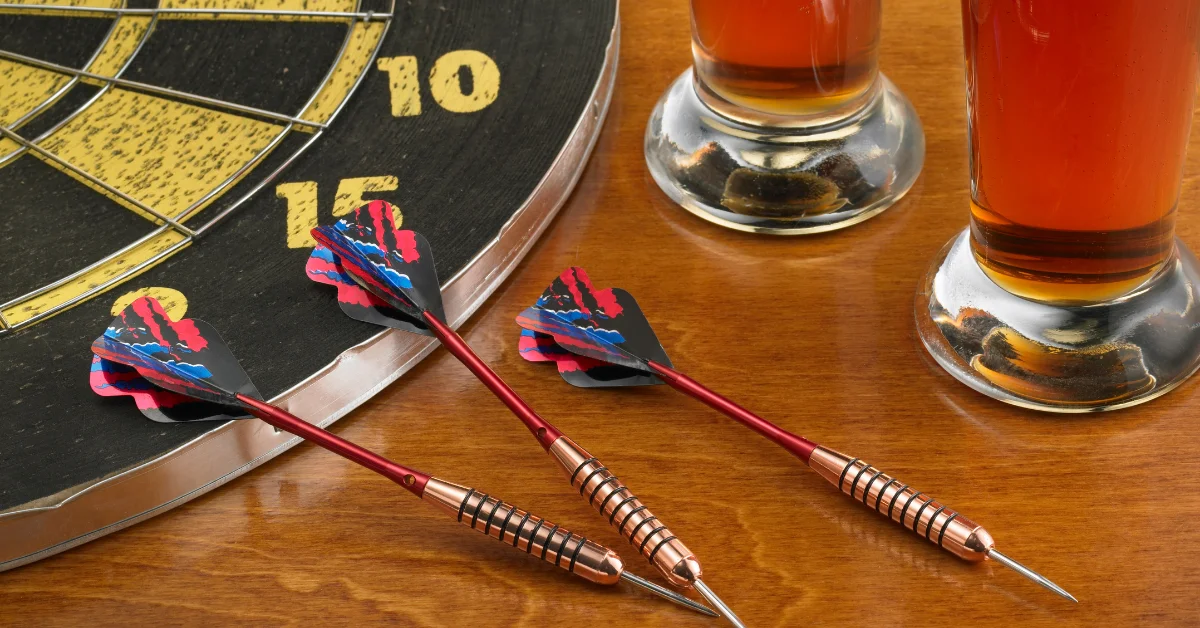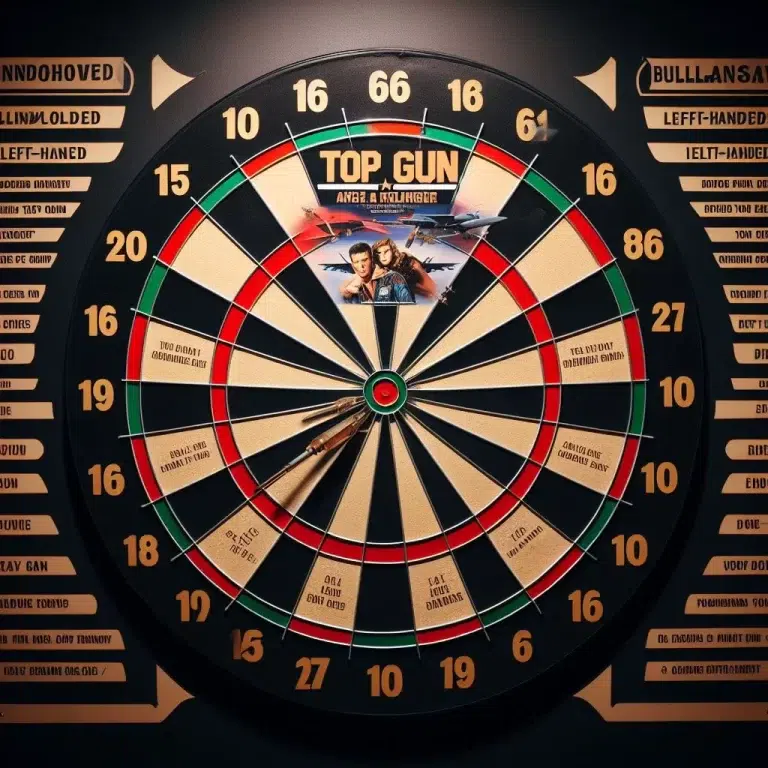Guide to Dartboard Materials: Which is Right for You?
Darts is a game enjoyed by all skill levels, but have you ever wondered what your dartboard is made of? The material plays a bigger role than you might think! It impacts how your darts stick, how long the board lasts, and even the noise it makes.
Choosing the right material can elevate your game and make the whole experience more enjoyable.
Let’s break down the world of dartboard materials so you can make the most informed decision.
Traditional Dartboard Materials
Sisal: The Classic Choice Sisal dartboards are made from tightly bundled fibers of the agave plant. This creates a dense, durable surface loved by professionals and serious enthusiasts.
- Pros: Sisal boards are known for their “self-healing” properties – the holes close up partially after darts are removed. They also offer excellent dart retention and a long lifespan.
- Cons: Sisal is sensitive to moisture, so avoid humid environments. It’s generally the pricier option compared to other traditional materials.
Cork: The Budget-Friendly Beginner Cork dartboards, as the name suggests, are made from compressed cork. This provides a softer surface.
- Pros: Cork boards are a great value and perfect for casual players or beginners. The softness is forgiving on darts.
- Cons: Cork isn’t as durable as sisal. Holes don’t heal themselves, so the surface will show wear more quickly.
See our Guide to Dart Board Materials Comparison.

Other Options
Electronic Dartboards: Tech-Forward Fun Electronic dartboards eschew natural fibers in favor of plastic segments. These boards handle scoring and offer tons of built-in game options.
- Pros: No manual scoring, huge variety of games, quieter than traditional boards.
- Cons: The most expensive option and they require an electrical outlet.
- Other Materials While less common, you might find dartboards made of coiled paper, wood, or even magnetic variations for young children.
Factors to Consider When Choosing
- Skill Level: Beginners might find a softer cork board gentler on their darts, while serious players will want the longevity of sisal.
- Budget: Sisal offers the best quality but at a higher price. Cork is great if you’re cost-conscious.
- Environment: Sisal boards and moisture don’t mix. If your game room is humid, consider other options.
- Noise Level: Electronic boards are the clear winner if minimizing noise is important for your home or shared space.

Conclusion
There’s no single “best” dartboard material — the right choice depends on your needs and how you like to play. If you value durability and a classic feel, sisal is a fantastic investment. For casual play, cork delivers good value. And if tech and extra game options excite you, electronic boards are worth exploring.
Ready to upgrade your dart setup? Dart Sports Pro offers a wide selection of dartboards in various materials to fit every player. Browse our selection and find your perfect match!






